Parent Coaching: What to Do When Parenting Is Overwhelming
The very first mom I ever worked with sat across from me, looking completely overwhelmed. When I asked her, “Where do you feel stress in…

The very first mom I ever worked with sat across from me, looking completely overwhelmed. When I asked her, “Where do you feel stress in…
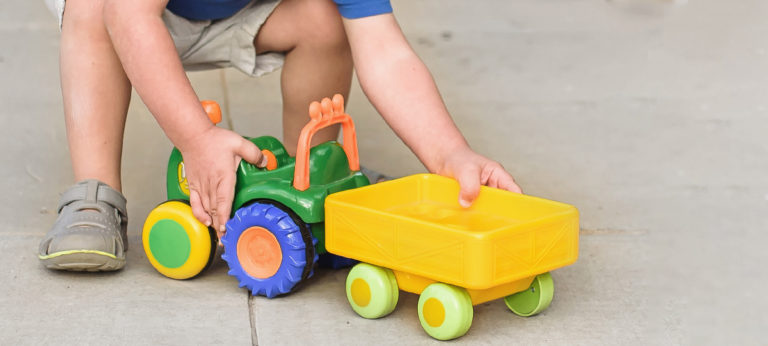
Having an overly active, high energy toddler is tiring! Once I figured out what was going on underneath the surface, I was able to be the mom my son needed to be. Only if I knew these things when he was 2, 3 and 4 year’s old!
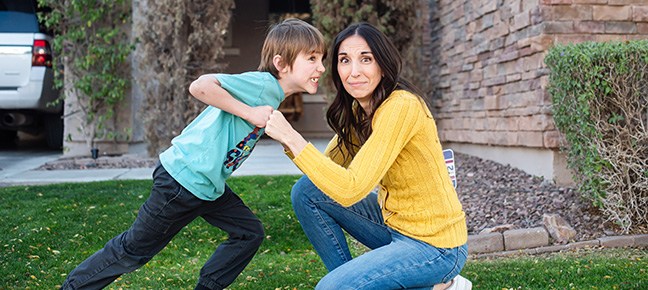
Inside: Navigating the world of hyperactivity in kids can be challenging for parents. This post reveals seven hidden causes of hyperactivity, explaining why some very…
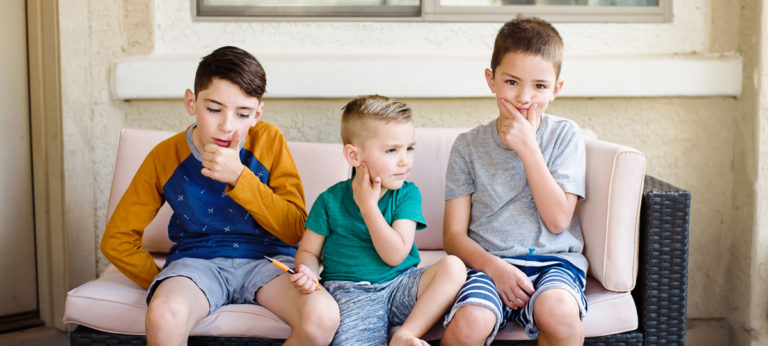
The world can feel like a scary place especially right now. This is a guide for parents to help kids accept change and tolerate uncertainty while focusing on positive mental health.

“Mom! Get me food now!” I heard my son yell this as he stood next to the fridge. Mind you, he is twelve years old…
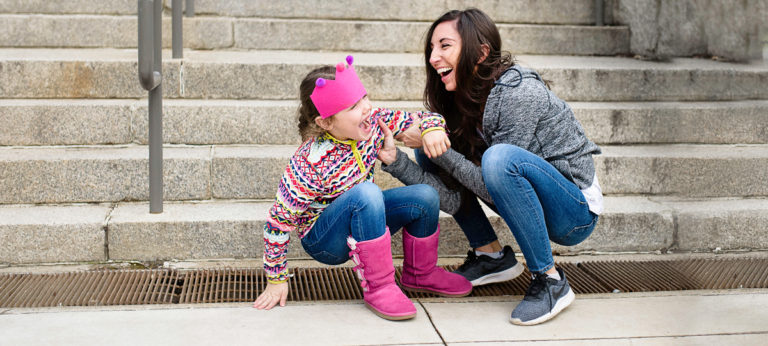
What we remember shapes who we are and what we become. This is powerful in parenting. We help shape our kids by creating positive childhood memories and be there for them through the tough experiences.
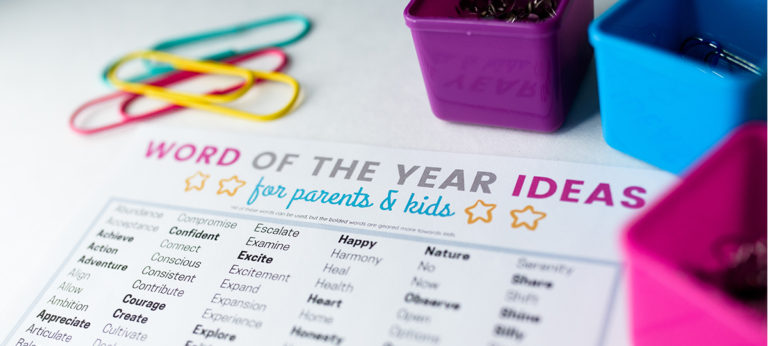
Choosing a word of the year is super simple to do and can help you and your kids live life to the full!
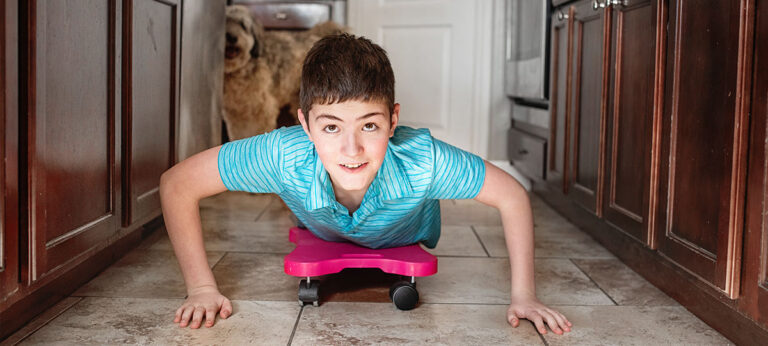
Inside: Every child has a unique set of sensory needs. This post will help you understand your child’s sensory needs and how to fill them…

Inside: Everything you need to know about your child’s sensory processing systems and how they link to their behavior and emotional regulation. Do you have…
Inside: Stop feeling overwhelmed as a mom! Below you’ll find what I found to be the best systems for busy moms. This post contains affiliate…

“Mom! Look, I’m using my perseverance strength!” is what I recently heard my eight-year-old excitedly yell to me as he picked himself up continuing to…

Entertaining a child can be hard without screens. If you set boundaries and clear expectations, your kids will be able to discover other activities to do. What we have been the best cure for boredom is READING real books! Here are all the benefits and a way to make reading exciting and fun.